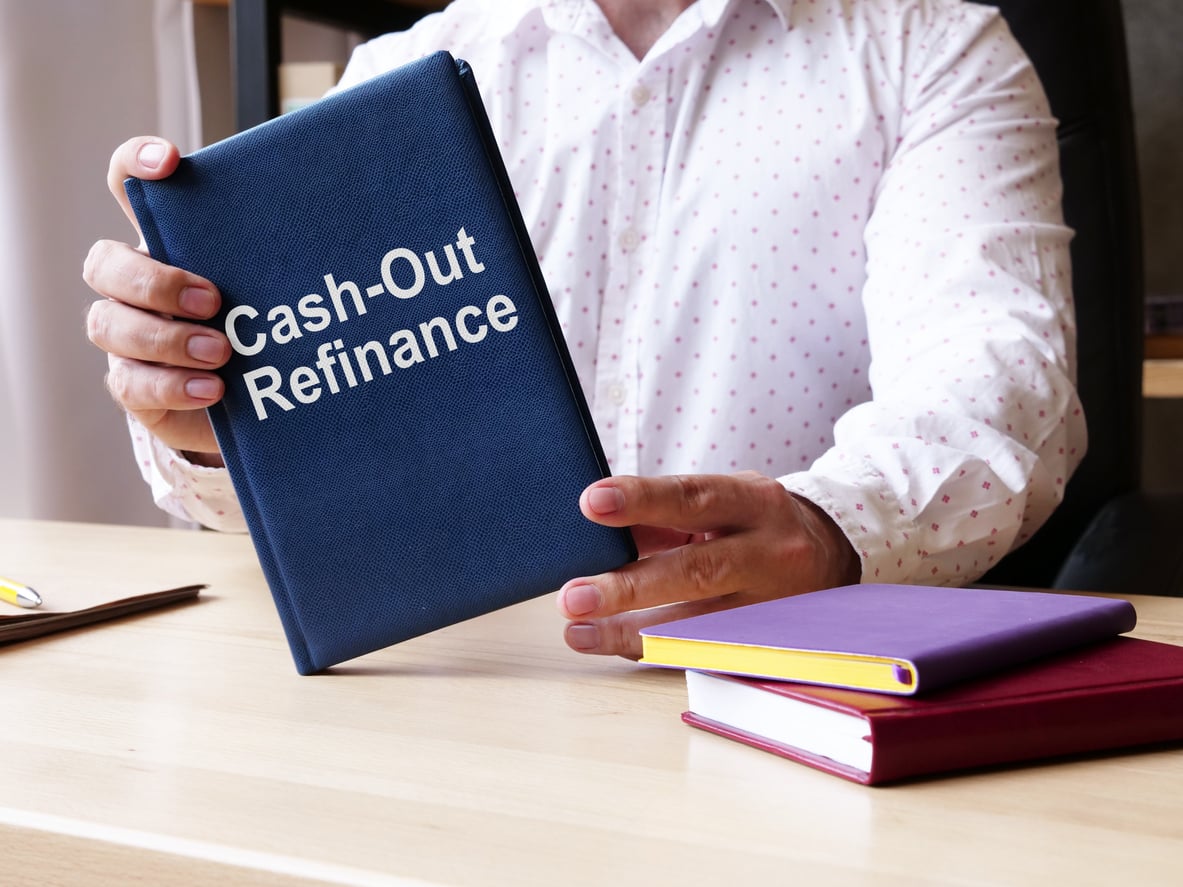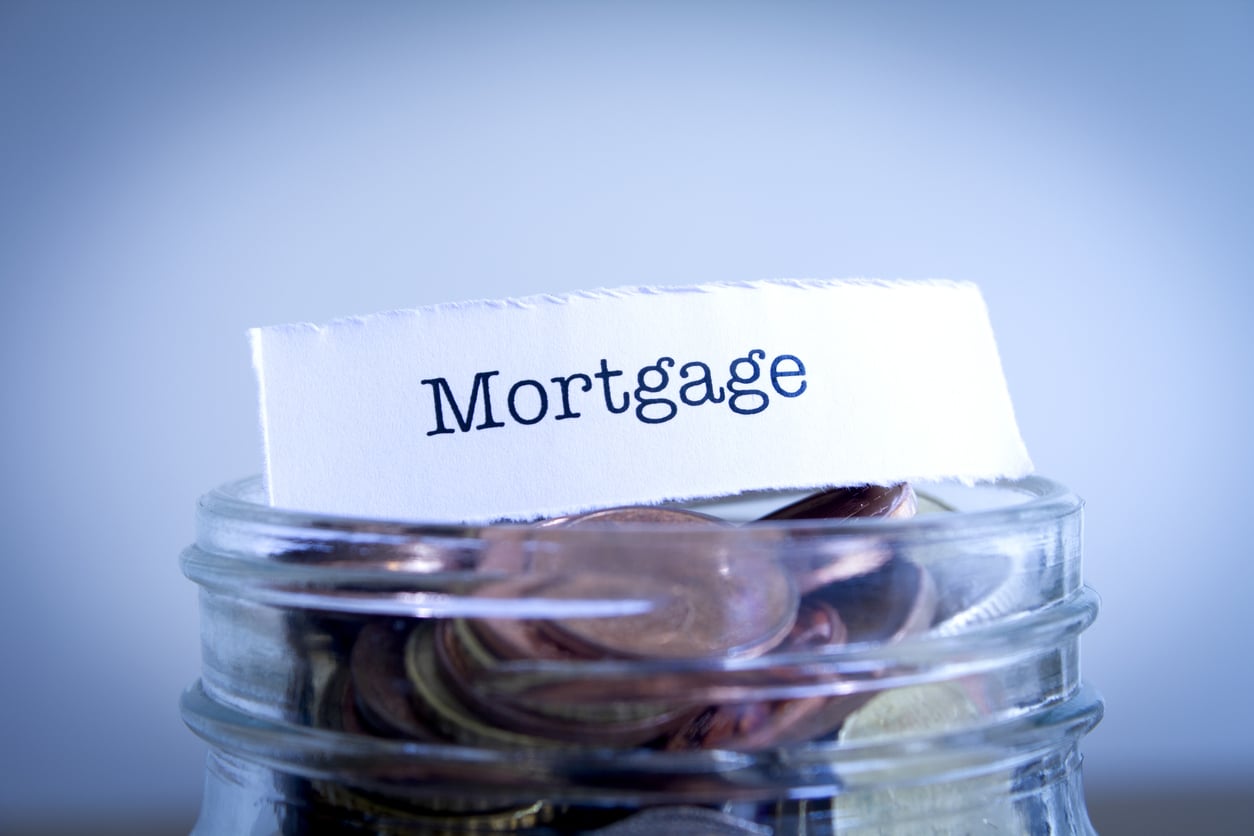How does a fixed-rate HELOC work?

A HELOC, or home equity line of credit, is a useful tool for financing large expenses. A HELOC works like a credit card- you can borrow up to a certain limit and then pay it back over time. The main difference between a HELOC and a regular credit card is that the interest rate on a HELOC is fixed, whereas the interest rate on a credit card can change at any time. In this blog post, we will discuss how a fixed-rate HELOC works and why it might be a good choice for you!
How a Fixed-Rate HELOC works
Unlike a traditional loan, a HELOC gives you the flexibility to borrow only the amount you need, when you need it. The interest rate on a HELOC is usually variable, which means it can fluctuate with the market. However, some lenders offer fixed-rate HELOCs, which provide borrowers with the stability of a fixed interest rate. Fixed-rate HELOCs typically have higher interest rates than variable-rate HELOCs, but they can be a good option for borrowers who are concerned about rising rates. Unlike a traditional loan, you will only be required to make interest payments on a HELOC until the draw period ends. At that point, you will need to begin repaying the principal as well. Fixed-rate HELOCs typically have a draw period of 10 years, followed by a repayment period of 20 years. This means that you will need to repay the loan in full within 30 years. If you are unable to repay the loan in full within the repayment period, your home may be at risk of foreclosure. As with any loan, it is important to understand the terms and conditions of a fixed-rate HELOC before you apply.
Why Choose a Fixed-Rate HELOC?
There are several reasons why you might choose a fixed-rate HELOC over a variable-rate HELOC or other type of loan. First, as we mentioned earlier, a fixed-rate HELOC can provide you with stability in an uncertain market. If interest rates rise, your monthly payments will not change, which can help you budget for your expenses. Second, a fixed-rate HELOC may be easier to qualify for than a traditional loan because the interest rate is usually lower. This means that you may be able to get approved for a larger loan amount than you would with a traditional loan. Finally, if you only need to borrow a small amount of money, a fixed-rate HELOC can be a good option because you will only be required to make interest payments until the draw period ends.
A fixed-rate HELOC can be a good choice for borrowers who are looking for stability in an uncertain market. If you are considering a HELOC, be sure to compare offers from multiple lenders to find the best rate and terms for your needs. And remember, as with any loan, it is important to understand the terms and conditions before you apply.
Fixed- vs. Variable- Rate HELOC
A HELOC typically has a variable interest rate, which means that the interest rate can fluctuate over time. This can make budgeting for your loan payments difficult, as you may not know how much your payments will be from one month to the next. A fixed-rate HELOC offers a bit more predictability, as the interest rate is locked in for the life of the loan. This can make it easier to budget for your payments, as you'll know exactly how much you need to pay each month. However, fixed-rate HELOCs typically have higher interest rates than variable-rate loans, so it's important to compare your options carefully before choosing a loan.



